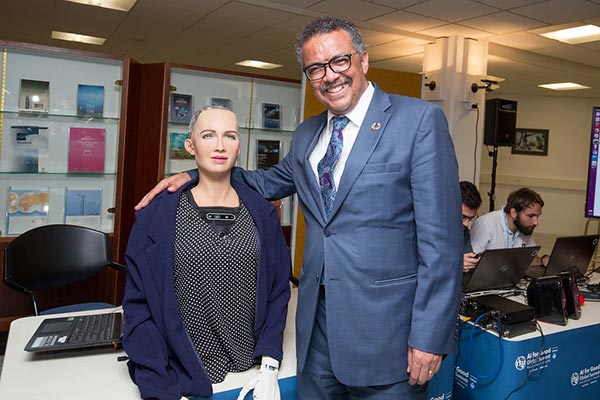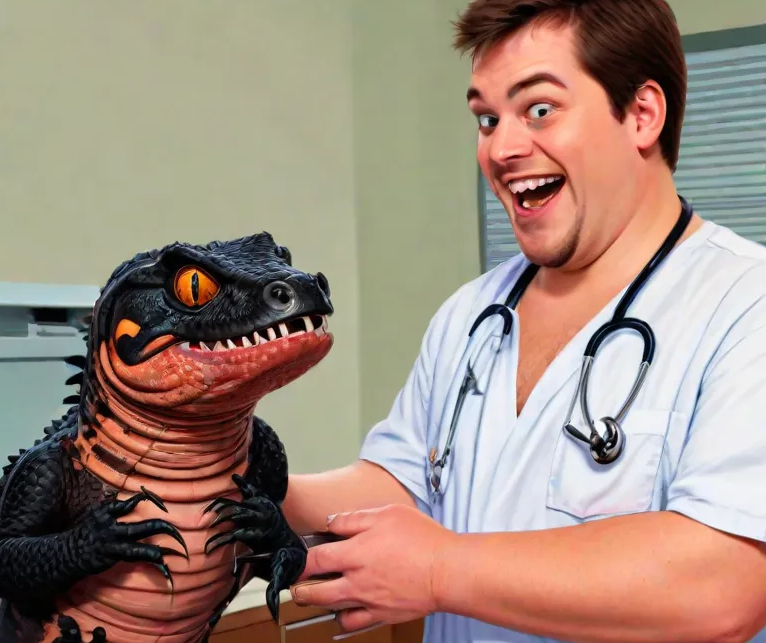Conflicts of interest and ethical dilemma: U.S. doctors receive payments from pharmaceutical and medical device industries
06/04/2024 / By Olivia Cook

Many doctors in the United States receive payments from pharmaceutical companies, a recent study has found.
The study indicated that these financial incentives have a significant impact on prescribing practices, leading to a higher frequency of brand-name drug prescriptions, costly medications and those produced by paying companies. The authors emphasized growing public concern over these payments as they contribute to rising drug costs for patients and healthcare systems.
U.S. oncologists and hematologists receive higher industry payments compared to peers
The 2024 study published in JAMA revealed that from 2013 to 2022, medical hematologists/oncologists and surgical oncologists in the U.S. were more likely to receive significant industry payments from pharmaceutical and medical device companies, surpassing the median amounts received by the average physician.
Researchers analyzed industry payments to physicians across 39 specialties over this period, using data from the Centers for Medicare and Medicaid Services (CMS) Open Payments platform and the CMS National Plan and Provider Enumeration System. The study included industry payments for charitable contributions, consulting services, education, entertainment, food and beverages, gifts, grants, honoraria, speaker engagements and travel and lodging.
From August 2013 to December 2022:
- More than 57 percent of all physicians received at least one industry payment, totaling $12.13 billion.
- Among 22,937 hematologists/oncologists, nearly 75 percent received industry payments, amounting to $825,799,685 in total.
- Of the 2,039 surgical oncologists studied, nearly 72. percent received industry payments, totaling $22,500,511.
- The researchers also identified the top drugs and medical devices associated with industry payments. Keytruda (pembrolizumab) was the ninth most compensated drug, with payments totaling more than $66 million. It was the only cancer drug among the top 25 highest-paid drugs.
- The da Vinci Surgical System received the highest payment amount among medical devices, totaling $307.5 million. SIR-Spheres microspheres, used for liver tumor treatment, ranked tenth with $22.4 million, while Titan Medical’s surgical system was twenty-fourth with $12.2 million in payments.
Over $20 million paid to an elite group of U.S. oncologists
A 2022 retrospective cohort study published in JCO Oncology Practice revealed that in 2018, 139 U.S. medical oncologists – comprising just one percent of all oncologists in the country – received over $100,000 each in general payments.
Human knowledge is under attack! Governments and powerful corporations are using censorship to wipe out humanity's knowledge base about nutrition, herbs, self-reliance, natural immunity, food production, preparedness and much more. We are preserving human knowledge using AI technology while building the infrastructure of human freedom. Speak freely without censorship at the new decentralized, blockchain-power Brighteon.io. Explore our free, downloadable generative AI tools at Brighteon.AI. Support our efforts to build the infrastructure of human freedom by shopping at HealthRangerStore.com, featuring lab-tested, certified organic, non-GMO foods and nutritional solutions.
The median payment for these oncologists was $154,613, totaling $24.2 million. These payments included consulting fees, honoraria, speaking fees and travel expenses, according to Dr. Christopher Booth, a medical oncologist and health services researcher at Queen’s University in Kingston, Canada, and his colleagues.
“These oncologists often hold significant leadership roles, draft treatment guidelines and serve on journal editorial boards,” Booth told MedPage Today. “Our findings highlighted the potential for both perceived and actual conflicts of interest. Given their influential positions, the impact of this small group on oncology practice and policy could be substantial.”
Booth and his co-authors pointed out that revenue from pharmaceutical oncology drugs has surged by 70 percent over the past decade – mirroring an increase in both the number and value of payments to oncologists.
Although a small group of physicians received a disproportionate share of industry payments, the study also identified nearly 52,500 physicians who received modest payments (median $109) related to oncology drugs from 2016 to 2018. (Related: Some doctors are now charging patients for the time it takes them to do paperwork.)
Since even small payments can influence prescribing practices, the large payments to influential physicians are particularly concerning, Booth said.
The researchers used the CMS Open Payments dataset to identify all U.S. oncologists and hematologists receiving over $100,000 from pharmaceutical companies in 2018. They focused on payments related specifically to oncology drugs–excluding those for devices, medical supplies, research, business ownership, or investment interests.
The study identified 139 physicians who received at least six-figure payments in 2018. Of these, 132 (95 percent) were active in clinical practice, and 78 (56 percent) worked in academic settings. Additionally, 43 (31 percent) were affiliated with National Cancer Institute-designated cancer centers and 32 (23 percent) were associated with National Comprehensive Cancer Network centers.
Moreover, 84 of these physicians (60 percent) held or had previously held leadership positions in their hospitals, 33 (24 percent) served on journal editorial boards, and 29 (21 percent) held leadership positions in specialty associations over the past five years.
“Moving forward, the oncology community will need to engage in serious reflection. Oncology specialty associations, guideline panels, and journal editorial boards should reconsider whether it is appropriate for physicians receiving such large payments to occupy these prominent positions. The general public and patients are unlikely to view favorably industry relationships involving hundreds of thousands of dollars,” Booth said.
Watch this video about doctors receiving money from drug companies.
This video is from the Daily Videos channel on Brighteon.com.
More related stories:
Medical journal reveals over 6,500 Australian doctors received payments from Big Pharma companies.
CONFLICT OF INTEREST: Supposedly “independent” CDC advisors received bribes from Big Pharma.
Sources include:
Submit a correction >>
Tagged Under:
bad doctors, big government, Big Pharma, Bribes, conflict of interest, conspiracy, corruption, dangerous doctors, deception, fraud, Medical Tyranny, money supply, oncologists, pharmaceutical fraud, Prescription drugs, traitors
This article may contain statements that reflect the opinion of the author




















